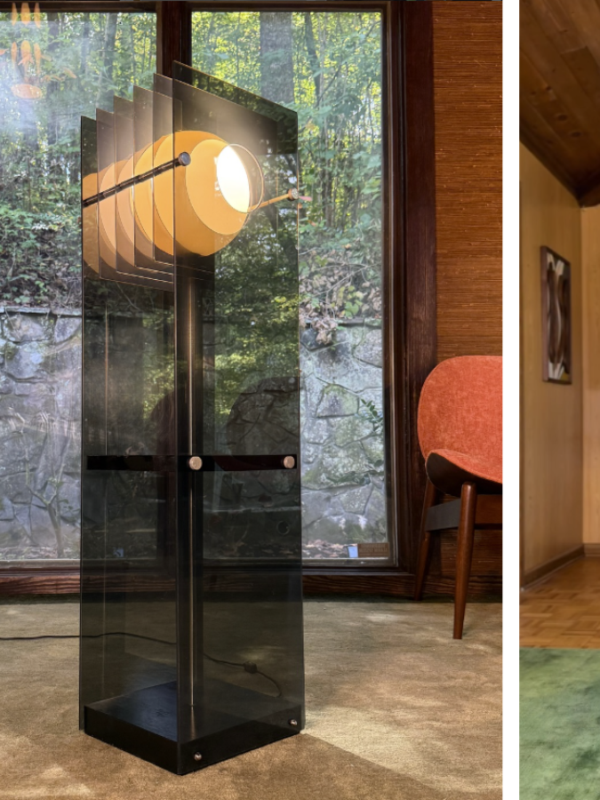Despite the current demand from homeowners for larger fixtures, as reported in Lighting News Now last month, the latest housing reports hint that a change may be on the horizon.
After decades of Americans demanding homes as large as the lots they’re purchasing will allow – and Texas in particular epitomized the super-sized home trend – higher mortgage rates and rising energy bills may be altering that course.
Results from the 2024 National Association of Home Builders (NAHB) What Home Buyers Really Want survey indicate buyers want smaller homes than they did 20 years ago — and U.S. Census Bureau stats reveal that new home square footage has been shrinking for the past 10 years. According to the Census Bureau, the only year that home size increased recently was 2021, which was thought to be caused by the pandemic’s work-from-home trend and lower interest rates at the time that allowed buyers to purchase bigger homes. However, the Census Bureau stated that the decline in average home size resumed in 2022 and 2023.
Now that interest rates have spiked since those post-pandemic days, it’s no surprise that new homes’ footprints are getting smaller and homebuyers purchasing existing homes have had to reduce their expectations regarding home size.
Simply put, homebuyers are getting less space for their money. For example, the National Association of REALTORS® reported that the median price for an existing home was $422,600 in July 2024, which was a 4.2% increase over the median home sale ($405,600) in July 2023. That trend has continued in the consecutive months since.
This is not only about consumer affordability. Building smaller homes is appealing to homebuilders now that they are facing stiff tariffs on materials such as lumber and aluminum. In short, it’s costing builders more money to construct new homes, and current mortgage rates are keeping homes on the market longer. In order to move inventory, many builders have had to offer more mortgage buydowns than they feel comfortable with.
This has caused a pause in the homebuilding momentum for some parts of the country — including Texas, which was one of the last areas to experience a slowdown in housing activity.
If homes are beginning to trend smaller, then we have to assume that the size of lighting fixtures will need to be adjusted accordingly. As recently as the January Lightovation show two months ago – during which many manufacturers proudly displayed new oversized fixtures that meet the current request for oversized fixtures in foyers, exterior entryways, and great rooms – there were some lighting companies who are addressing the inevitable swing of the pendulum toward a smaller scale.
Large-scale lighting fixtures will remain in demand for homes built in 2025 and into the first half of 2026; however, manufacturers, reps, and showrooms need to be aware that the trend for homes in a smaller footprint is on the horizon.
With many homeowners deciding to stay put and not move due to high interest rates and inflated home prices, lighting showrooms could target those consumers with renovation messaging. Average-size lighting fixtures are a good fit for existing homeowners as well as those living in condos or townhomes. Since no one knows how long the housing market will remain at its current level, there is opportunity in promoting a refresh to this consumer segment.
Related article
5 Trends That Were Hard to Miss at Lightovation (Part 1)




